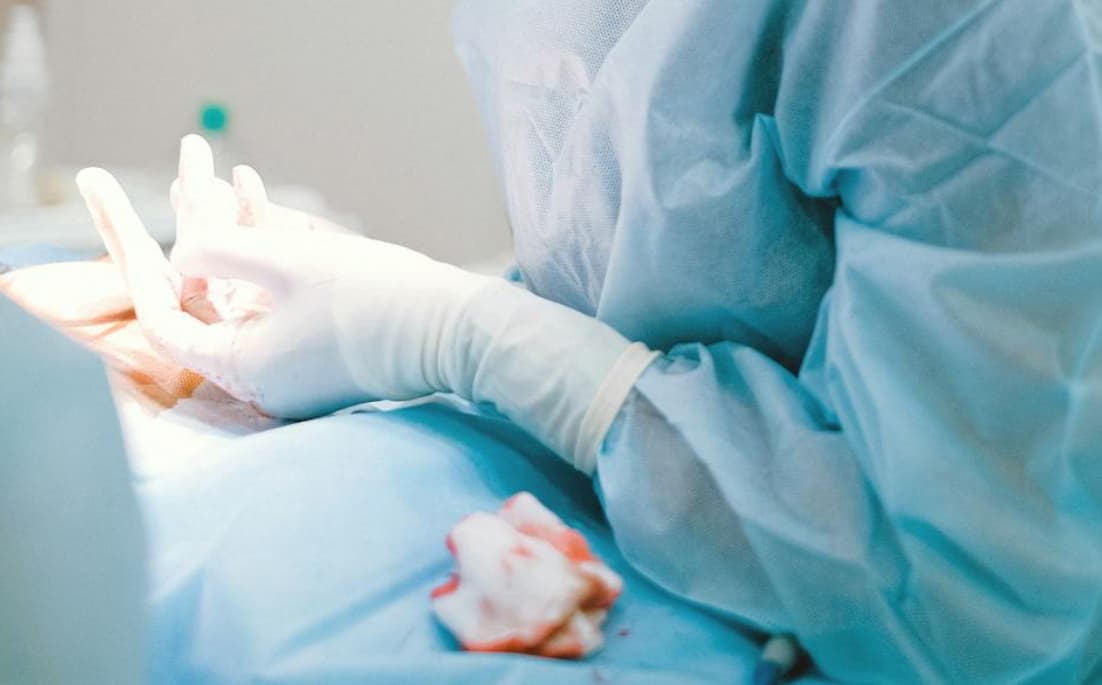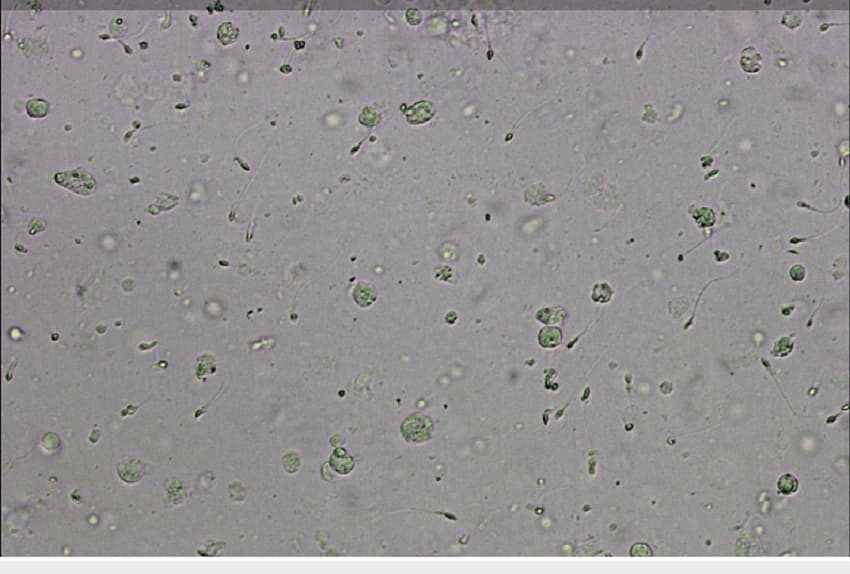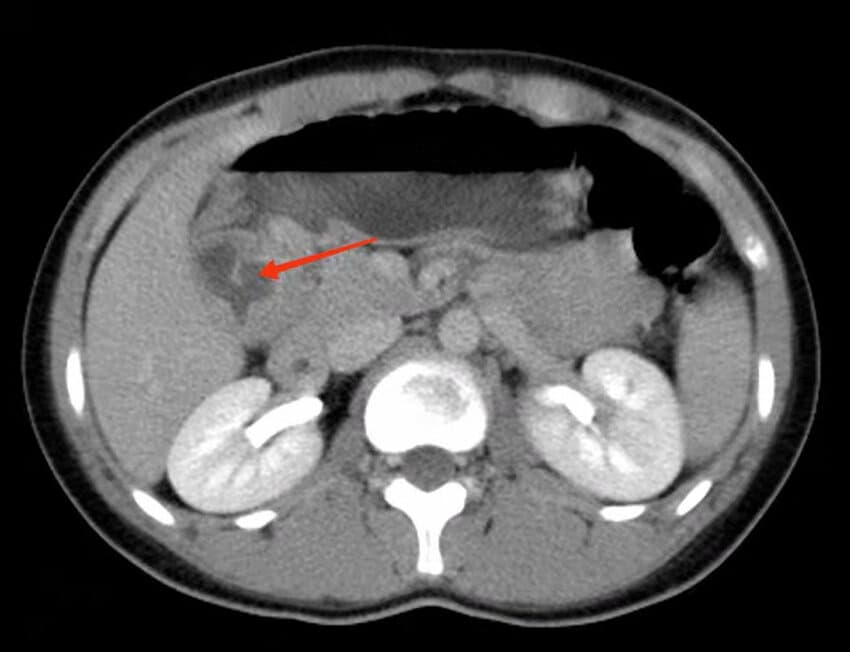The human body, in its complexity, sometimes presents conditions that, while not life-threatening, can affect an individual’s quality of life and confidence. One such condition is Pendulous Scrotum, a term that describes an unusual elongation and enlargement of the scrotum, which is the pouch of skin containing the testicles. This condition can lead to discomfort, physical inconvenience, and psychological distress.
The Anatomy of the Condition
The scrotum’s primary role in the male reproductive system is to house and protect the testicles, ensuring the optimal temperature for sperm production. In a Pendulous Scrotum, the scrotum sags significantly lower than typical, often due to a loosening of the skin or underlying tissues. This condition varies in severity, with some cases presenting a mild increase in scrotal length, while others may experience a more pronounced elongation that can interfere with daily activities and personal comfort.
Potential Causes and Risk Factors
The development of a Pendulous Scrotum can be attributed to several factors, both congenital and acquired. Aging is a common factor, as the skin loses elasticity over time, potentially leading to sagging. Obesity can also contribute to this condition, as excess weight puts additional strain on the skin and tissues of the scrotum. Other potential causes include a history of scrotal or inguinal surgeries, which may alter the natural support of the scrotum, and certain medical conditions like varicoceles or hydroceles that can cause the scrotum to swell and stretch.
Lifestyle factors and occupational hazards, such as prolonged sitting or exposure to high temperatures, may also play a role in the development of a Pendulous Scrotum by affecting the health and elasticity of the scrotal skin.
Symptoms and Impact on Quality of Life
Beyond the physical appearance, a Pendulous Scrotum can lead to several discomforts and symptoms. These may include irritation and chafing of the skin, difficulty with physical activities, challenges in maintaining personal hygiene, and discomfort during sexual activities. The psychological impact should not be underestimated, as individuals may experience a decrease in self-esteem and body image issues. This condition can significantly affect an individual’s social and intimate relationships, leading to avoidance of activities that require changing in public or intimacy. The constant need to adjust or find comfortable positions can also be mentally exhausting and distracting, impacting daily productivity and overall mood.
Key symptoms and impacts include:
- Irritation and Chafing: Continuous rubbing against clothing can cause skin irritation, leading to discomfort and potential skin infections;
- Difficulty with Physical Activities: Activities such as running, biking, or even walking can become uncomfortable or painful, limiting the ability to stay active;
- Challenges in Maintaining Personal Hygiene: The enlarged scrotum can make thorough cleaning difficult, increasing the risk of infections or unpleasant odors;
- Discomfort During Sexual Activities: Physical discomfort can impair sexual function and enjoyment, affecting intimate relationships.
- Psychological Impact: Persistent concerns about appearance and discomfort can lead to:
- Lowered self-esteem;
- Anxiety about public perception;
- Depression due to chronic discomfort and social withdrawal;
- Body image issues, particularly in environments requiring undress, such as locker rooms or intimate settings.
Addressing these symptoms holistically is crucial for improving the quality of life for those affected by Pendulous Scrotum. Seeking medical advice is the first step towards understanding and managing this condition effectively.
Diagnosis and Evaluation
Diagnosis of a Pendulous Scrotum is typically straightforward, involving a physical examination by a healthcare professional. The evaluation may include a review of the individual’s medical history, a physical examination of the scrotum, and, in some cases, imaging tests to assess the underlying structures and rule out other conditions.
Treatment Options
Treatment for a Pendulous Scrotum primarily aims to alleviate symptoms and improve the individual’s quality of life. In mild cases, supportive measures such as wearing supportive undergarments or applying barrier creams to reduce skin irritation may be recommended. Weight loss and managing underlying health conditions can also mitigate symptoms.
In more severe cases, surgical intervention may be considered. Scrotoplasty, or scrotal reduction surgery, involves the removal of excess skin and tissue to lift and tighten the scrotum. This procedure can significantly improve comfort, functionality, and the appearance of the scrotum, with a relatively straightforward recovery process.
Conclusion
Pendulous Scrotum, while not a life-threatening condition, can significantly affect an individual’s physical comfort, psychological well-being, and quality of life. Understanding the potential causes, recognizing the symptoms, and seeking appropriate medical advice are crucial steps in managing this condition. With the right approach, individuals can achieve relief from symptoms and improve their overall well-being.
FAQs:
A Pendulous Scrotum is a condition where the scrotum, the pouch of skin holding the testicles, becomes elongated and hangs lower than usual. This can be due to various reasons including aging, obesity, or underlying health issues.
In most cases, a Pendulous Scrotum itself is not indicative of a serious health problem. However, it can be a symptom of underlying conditions such as varicoceles or hydroceles, which might require medical attention. These conditions involve the enlargement of veins within the scrotum and the accumulation of fluid around the testicles, respectively, both of which can lead to complications if left untreated. It’s essential to consult with a healthcare professional for an accurate diagnosis and appropriate management plan. Early detection and treatment of any underlying issues can prevent potential health complications and improve quality of life. Understanding the root cause of the pendulous nature of the scrotum is crucial in determining the best course of action for each individual.
Yes, certain lifestyle changes can help mitigate the symptoms of a Pendulous Scrotum. Maintaining a healthy weight, wearing supportive underwear, and practicing good hygiene can provide relief and prevent further elongation. Regular exercise can also improve blood flow and strengthen the muscles around the pelvic area, potentially reducing the sagging of the scrotum. Avoiding activities that exacerbate the condition, such as excessive biking or horseback riding without proper support, can also be beneficial. These measures can not only alleviate the symptoms associated with Pendulous Scrotum but also contribute to overall health and well-being. It’s important to note that while lifestyle changes can offer symptomatic relief, they may not address the condition’s root causes or prevent progression in all cases.
Surgery, specifically scrotoplasty, is often considered for severe cases where the condition causes significant discomfort or affects quality of life. However, it’s not the only option. Non-surgical approaches and lifestyle adjustments can also provide relief, though surgery might offer a more permanent solution. For instance, physical therapy exercises aimed at strengthening the pelvic floor can improve support for the scrotal area. Additionally, the use of compression garments or specialized support underwear may help reduce discomfort during daily activities. It’s important for individuals to explore all available options with their healthcare provider, taking into consideration the potential benefits and risks associated with each. While surgery can significantly improve symptoms and the appearance of the scrotum, it comes with the usual risks of surgical procedures, such as infection, bleeding, or scarring, making the decision a personal one that should be made after careful consideration.
Scrotoplasty for Pendulous Scrotum involves the removal of excess skin and tissue to lift and tighten the scrotum. It’s usually performed under general anesthesia. The specifics of the procedure can vary, and a qualified surgeon will tailor the approach to each patient’s condition.
Recovery varies by individual, but patients are generally advised to rest and avoid strenuous activities for a few weeks post-surgery. Pain and swelling are common but can be managed with medication. It’s important to follow the surgeon’s care instructions for optimal healing.
After surgical treatment, the likelihood of recurrence is low, especially if the underlying causes are addressed. However, factors like significant weight gain or natural aging can affect the long-term outcomes. Non-surgical treatments may offer temporary relief but might not prevent progression.
While not all cases are preventable, maintaining a healthy lifestyle, including regular exercise and a balanced diet, can minimize the risk. Avoiding occupations or activities that put excessive strain on the scrotum may also help.



